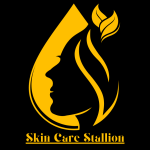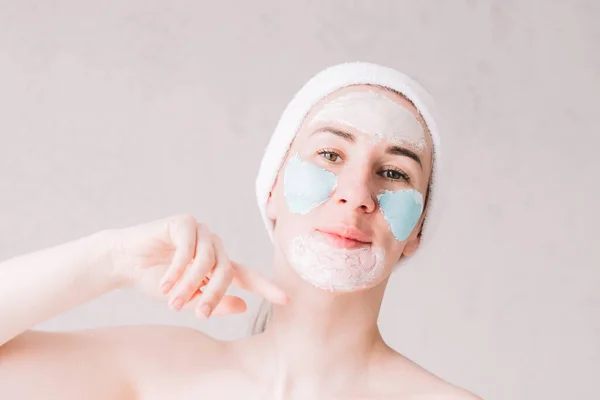How To Start A Skincare Routine: A Step-by-Step Guide for Glowing Skin
Embarking on the journey to radiant, healthy skin can feel like navigating a maze of serums, cleansers, and moisturizers, but it doesn’t have to be overwhelming. Whether you’re a skincare novice or looking to refine your regimen, learning how to start a skincare routine is the key to unlocking your best complexion.
Imagine transforming your skin from dull and tired to glowing and vibrant with just a few simple steps. With the right guidance, you can create a personalized skincare routine that caters to your unique needs, making every day a good skin day.
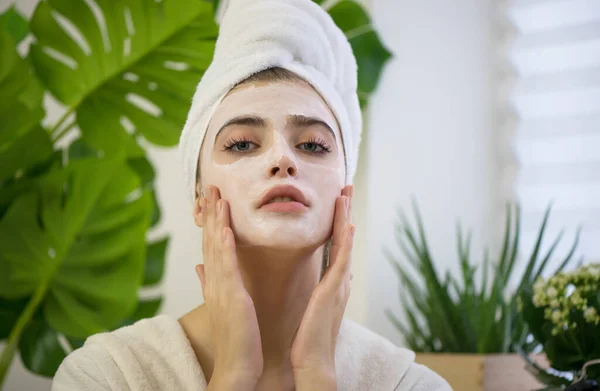
How To Start A Skincare Routine
Starting a skincare routine is essential for healthy skin. Begin with understanding your skin type, choose the right products, and follow a consistent regimen. Cleanse, tone, moisturize, and protect with sunscreen daily. Pay attention to ingredients and adjust as needed.
Understanding Your Skin Type
Knowing your skin type is the foundation of an effective skincare routine. Oily, dry, combination, sensitive, and normal skin types require different products. For instance, oily skin benefits from oil-free cleansers and lightweight moisturizers, while dry skin thrives with hydrating serums and rich creams.
Sensitive skin needs gentle, fragrance-free products to avoid irritation. Identifying your skin type helps in selecting the right products that won’t exacerbate your skin issues, ensuring a tailored and effective skincare regimen.
Choosing the Right Products
Selecting the right skincare products involves research and understanding ingredients. Look for products that target your specific concerns such as acne, aging, or pigmentation. Popular ingredients like hyaluronic acid for hydration, retinol for anti-aging, and salicylic acid for acne are often recommended.
Reading reviews and checking for dermatologist recommendations can guide you in making informed choices. Always patch-test new products to avoid adverse reactions and build your routine gradually, introducing one product at a time.
Establishing a Daily Routine
A daily skincare routine should consist of cleansing, toning, moisturizing, and sun protection. Start with a gentle cleanser to remove dirt and oil, followed by a toner to balance your skin’s pH. Apply a moisturizer suitable for your skin type to keep your skin hydrated.
Sunscreen is crucial to protect against UV damage, even on cloudy days. Consistency is key; perform your routine every morning and night to see the best results. Incorporate treatments like serums or masks as needed to address specific concerns.
Paying Attention to Ingredients
Understanding skincare ingredients is vital for effective results. Commonly sought-after ingredients include vitamin C for brightening, niacinamide for reducing inflammation, and peptides for boosting collagen.
Avoid harmful ingredients like parabens, sulfates, and synthetic fragrances that can irritate the skin. Opt for products with natural and safe ingredients to ensure skin health. Stay informed about new and trending ingredients by following skincare experts and dermatologists’ advice.
Adjusting Your Routine
Your skincare routine should evolve with your skin’s needs. Seasonal changes, aging, and lifestyle factors can affect your skin. For example, you might need heavier moisturizers in winter and lighter formulas in summer.
Monitor how your skin responds to your current routine and make adjustments accordingly. Regularly consult with a dermatologist to refine your routine and address any new skin concerns promptly.
Step-by-Step Guide to Starting a Skincare Routine
Determine Your Skin Type
Observing Your Skin
Begin by observing your skin’s natural state. Does it feel oily, dry, or balanced? Pay attention to shine, dryness, or sensitivity.
Simple Tests to Determine Skin Type
Blotting Sheet Test
Press a blotting sheet on your face. Oily skin leaves oil marks; dry skin doesn’t.
Bare-Faced Test
Wash your face and wait an hour. Observe how your skin feels and looks.
Consulting a Dermatologist
Professional advice can be invaluable. Dermatologists use diagnostic tools like Wood’s lamp and patch tests to analyze skin conditions.
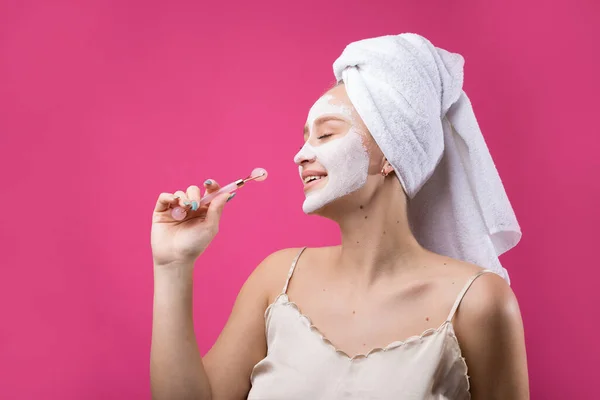
Basic Skincare Routine Components
Cleansing
Cleansing is crucial for removing dirt and makeup.
Types of Cleansers
Foaming, gel, cream, oil-based, micellar water.
Choosing the Right Cleanser
Match it to your skin type.
Proper Techniques
Use gentle, circular motions; avoid harsh scrubbing.
Toning
Toner balances your skin’s pH and preps it for moisturizer.
Types of Toners
Hydrating, exfoliating, pH-balancing.
Correct Application
Apply with a cotton pad or hands, patting gently.
Choosing the Right Toner
Select based on your skin type and needs.
Moisturizing
Moisturizing locks in hydration and strengthens the skin barrier.
Types of Moisturizers
Gel, lotion, cream, ointment.
Matching Moisturizer to Skin Type
Gels for oily, creams for dry skin.
Application Tips
Apply to damp skin for better absorption.
Sun Protection
Sunscreen is vital to protect against UV damage.
Types of Sunscreens
Chemical (absorbs UV) vs. physical (reflects UV).
Choosing the Right SPF
Broad-spectrum SPF 30 or higher.
Application Methods
Apply generously; reapply every two hours.
Building an Advanced Skincare Routine
Exfoliation
Exfoliation removes dead skin cells, enhancing skin texture.
Types of Exfoliants
Physical (scrubs) vs. chemical (AHAs, BHAs).
Frequency
1-3 times per week, depending on skin type.
Serums and Treatments
Serums target specific skin concerns with potent ingredients.
Common Actives
Vitamin C, hyaluronic acid, retinol, niacinamide.
Layering
Apply from thinnest to thickest consistency.
Masks and Specialty Products
Masks provide intensive treatment for various skin issues.
Types of Masks
Clay, sheet, overnight.
Usage
Follow product instructions; typically once a week.
Specialty Products
Eye creams, spot treatments for targeted care.
Adjusting Your Routine
Seasonal Changes
Weather can affect your skin’s needs.
Summer vs. Winter
Use lighter products in summer; heavier creams in winter.
Age-Related Changes
Adapt your routine as you age to address changing skin needs.
Anti-Aging Products
Look for peptides, retinoids, and antioxidants.
Addressing Specific Skin Concerns
Tailor your routine to target issues like acne, hyperpigmentation, or rosacea.

Common Mistakes and How to Avoid Them
Overloading Products
Overloading your skincare routine with too many products can harm your skin. Signs of product overload include redness, irritation, breakouts, and excessive dryness. Simplifying your routine can enhance effectiveness and reduce the risk of adverse reactions.
Use a cleanser, moisturizer, and sunscreen as your core regimen. Add treatments like serums and masks sparingly. Stick to essential products to maintain healthy skin without overwhelming it.
Inconsistent Routine
An inconsistent skincare routine can lead to poor results. Consistency is crucial for achieving and maintaining clear, healthy skin. Skipping steps or frequently changing products can disrupt your skin’s balance.
To stick to your routine, set specific times for your skincare regimen. Keep products visible and easily accessible. Track your progress to stay motivated. Consistency helps your skin adapt and respond better to treatments.
Ignoring Patch Testing
Ignoring patch testing can lead to unexpected skin reactions. Performing a patch test is simple: apply a small amount of the new product to a discreet area, like behind your ear or on your inner forearm.
Wait 24-48 hours to check for any adverse reactions. Patch testing is crucial for identifying potential allergies and preventing widespread irritation. Always test new products before incorporating them into your routine.
Not Adjusting Routine When Needed
Failing to adjust your skincare routine can result in ineffective or damaging outcomes. Recognize when your routine needs changes by monitoring your skin’s response. Signs that products are not working include persistent dryness, irritation, or lack of improvement in skin conditions.
Seasonal changes, hormonal shifts, and aging can also impact your skin’s needs. Regularly assess your routine and be open to making necessary adjustments to keep your skin healthy and radiant.
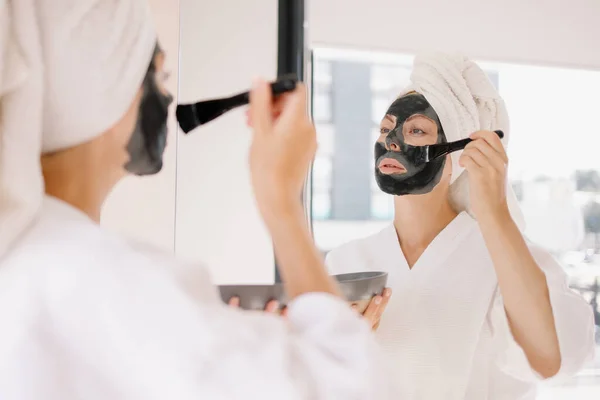
FAQs
Why is it important to have a skincare routine?
A skincare routine is essential for maintaining healthy skin, preventing skin problems, and addressing specific skin concerns like acne, dryness, or aging. Regular care helps your skin look its best and can improve its overall texture and appearance.
What are the basic steps in a skincare routine?
A basic skincare routine typically includes:
Cleansing
Removing dirt, oil, and makeup.
Toning
Balancing the skin’s pH and prepping it for further treatment.
Moisturizing
Hydrating and protecting the skin.
Sunscreen
Protecting the skin from harmful UV rays (morning routine).
How often should I exfoliate my skin?
Exfoliation frequency depends on your skin type and the exfoliant used:
Normal/Combination Skin
2-3 times a week.
Oily Skin
3 times a week.
Dry/Sensitive Skin
1-2 times a week with a gentle exfoliant.
Can I use the same products in the morning and at night?
While some products can be used both morning and night, your skincare routine should adapt slightly for different needs:
Morning
Focus on protection and hydration (include sunscreen).
Night
Emphasize repair and treatment (use heavier moisturizers, retinoids).
What should I do if I experience a skin reaction to a new product?
If you experience redness, itching, or breakouts after using a new product:
Stop using the product immediately.
Use soothing ingredients like aloe vera or chamomile.
Patch test new products on a small skin area before full application.
How long does it take to see results from a new skincare routine?
Results vary based on the product and individual skin concerns. Generally:
Hydration
Immediate improvement.
Acne treatment
4-6 weeks.
Anti-aging
Several months for noticeable changes.
Do I need different products for different seasons?
Yes, seasonal changes can affect your skin:
Winter
Thicker moisturizers to combat dryness.
Summer
Lighter formulations, more focus on oil control and sun protection.
Can I combine multiple active ingredients in my skincare routine?
Some active ingredients work well together, while others can cause irritation:
Safe Combinations
Hyaluronic acid with almost anything, niacinamide with most ingredients.
Caution
Avoid using retinol with AHAs/BHAs, and vitamin C with niacinamide initially.
Should I invest in high-end skincare products?
Effective skincare is about the ingredients and formulation, not the price. Many affordable products offer excellent results. Focus on your skin’s needs rather than the brand.
Conclusion
Starting a skincare routine is a personalized journey that begins with understanding your skin type and concerns. By choosing the right cleanser, moisturizer, and sunscreen, and incorporating additional products like serums or exfoliants as needed, you can create a regimen that addresses your specific needs.
Consistency and patience are key, as it takes time for your skin to respond to new products. Remember to adjust your routine based on seasonal changes and any reactions you may notice. With dedication and the right approach, a well-structured skincare routine can lead to healthier, more radiant skin.
